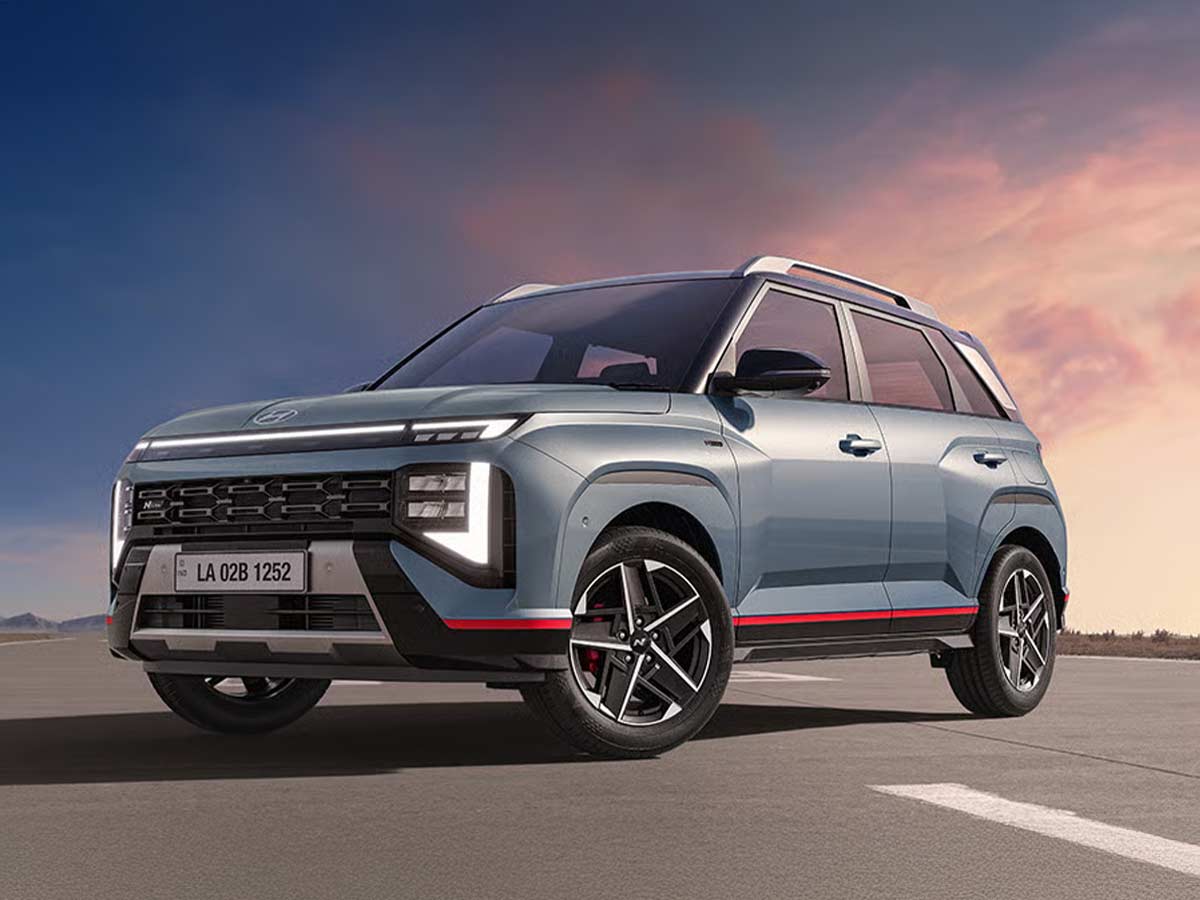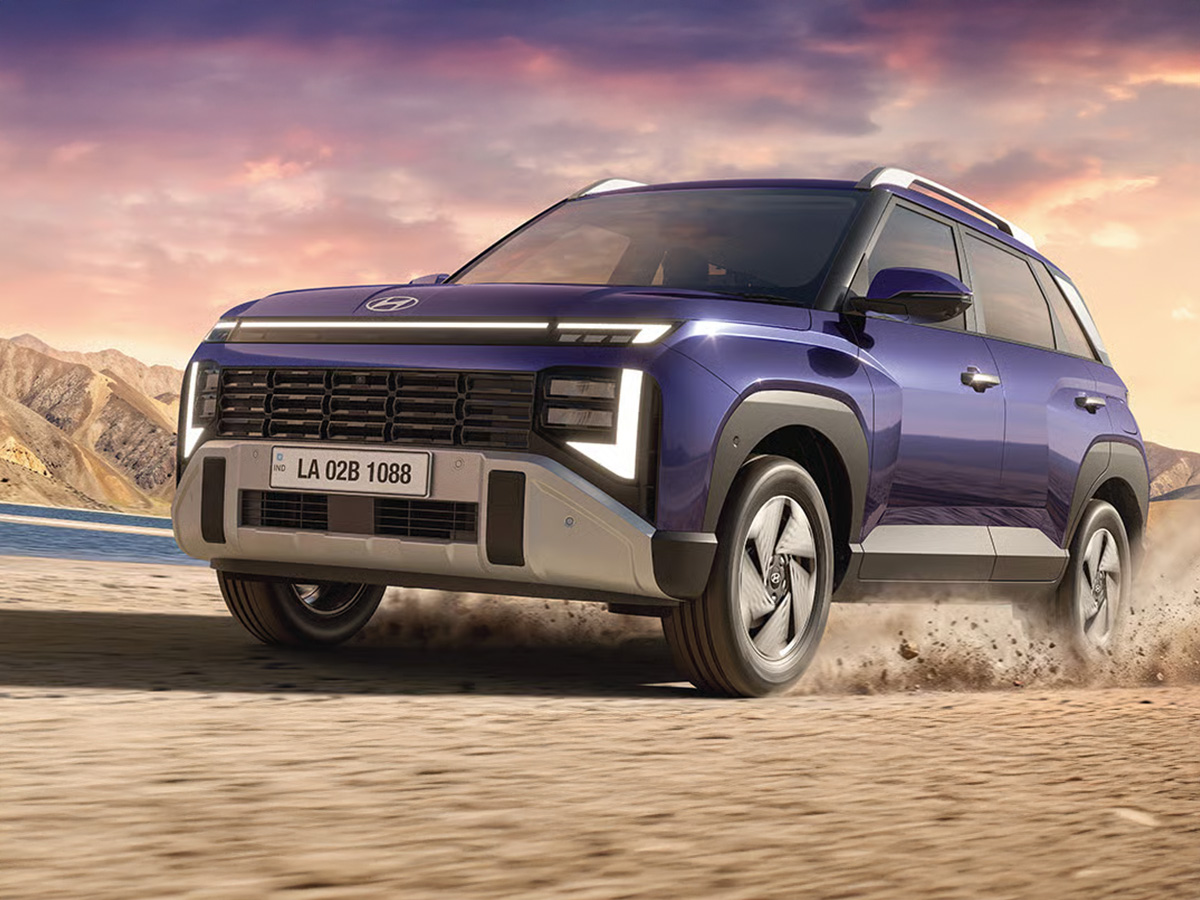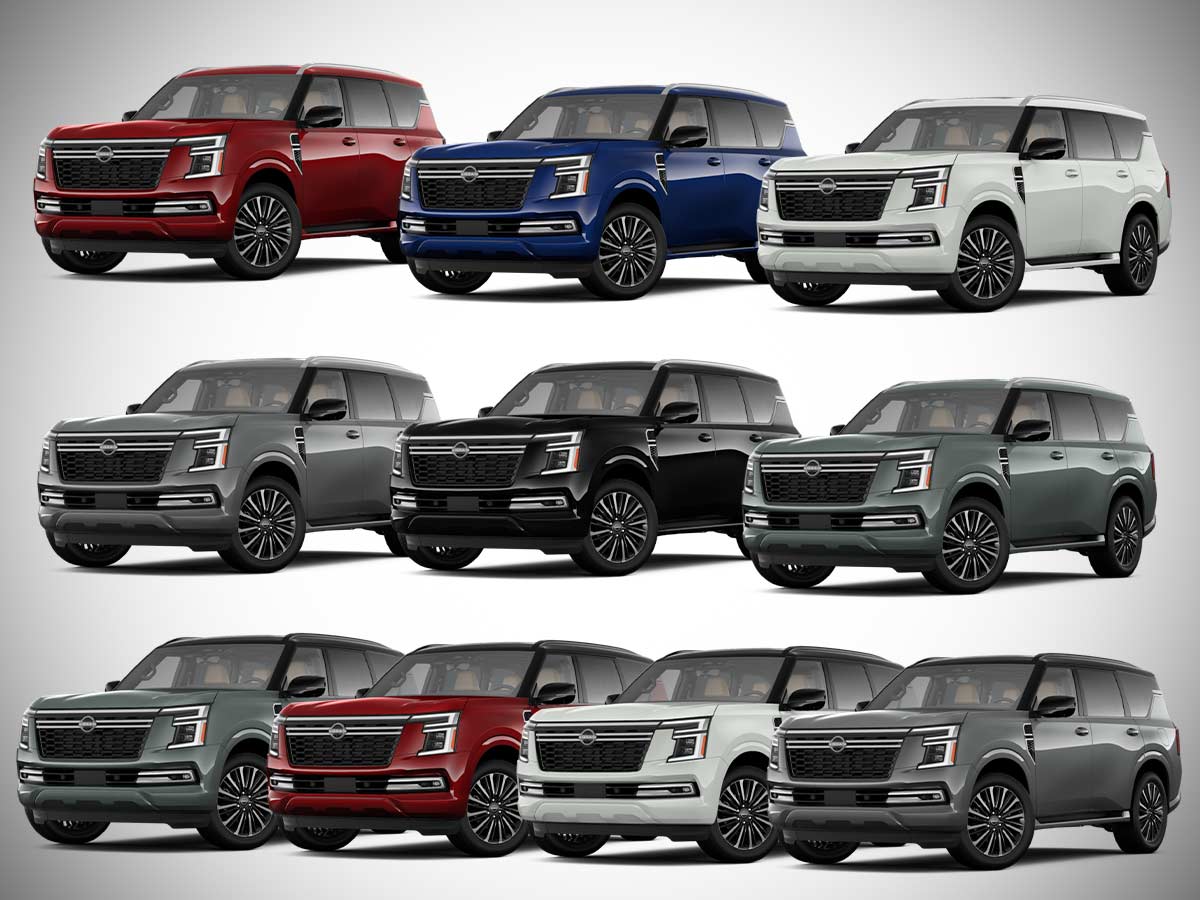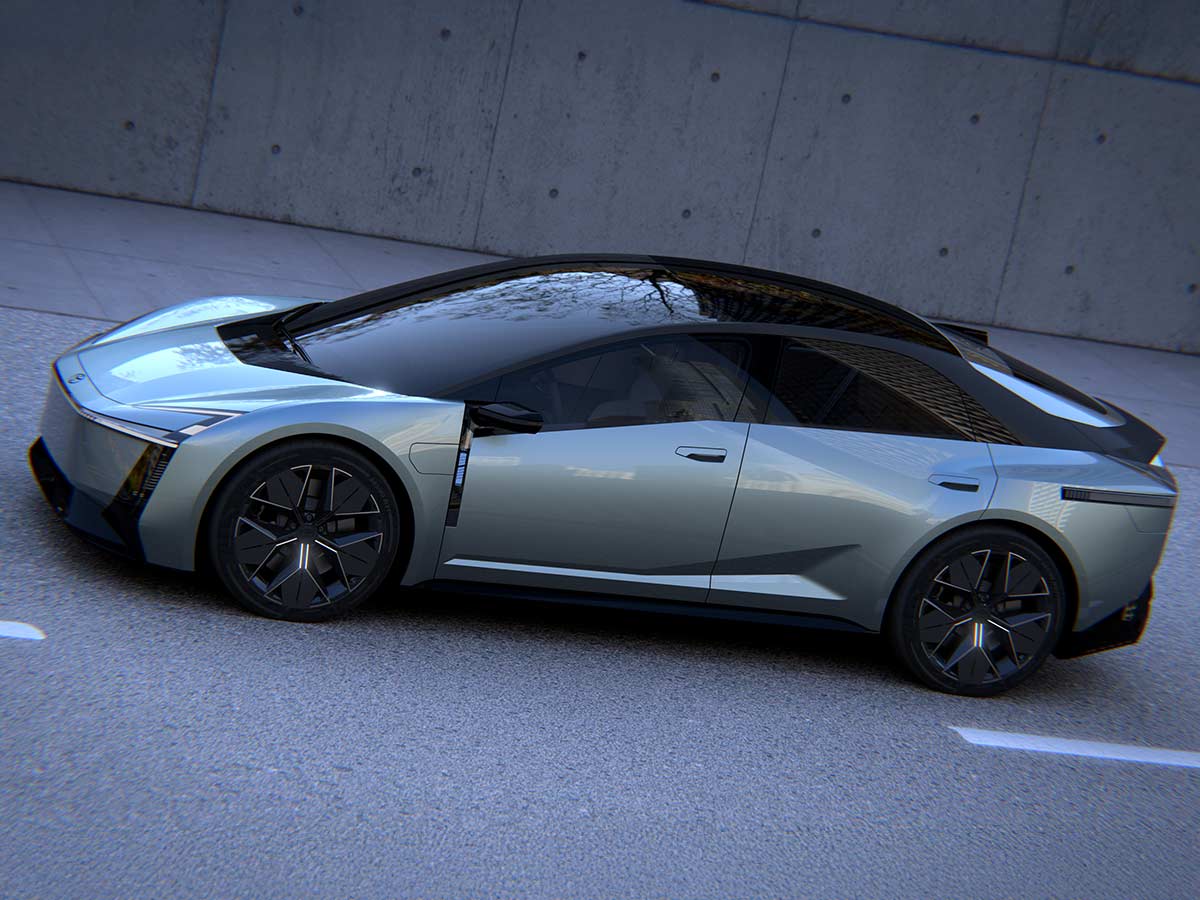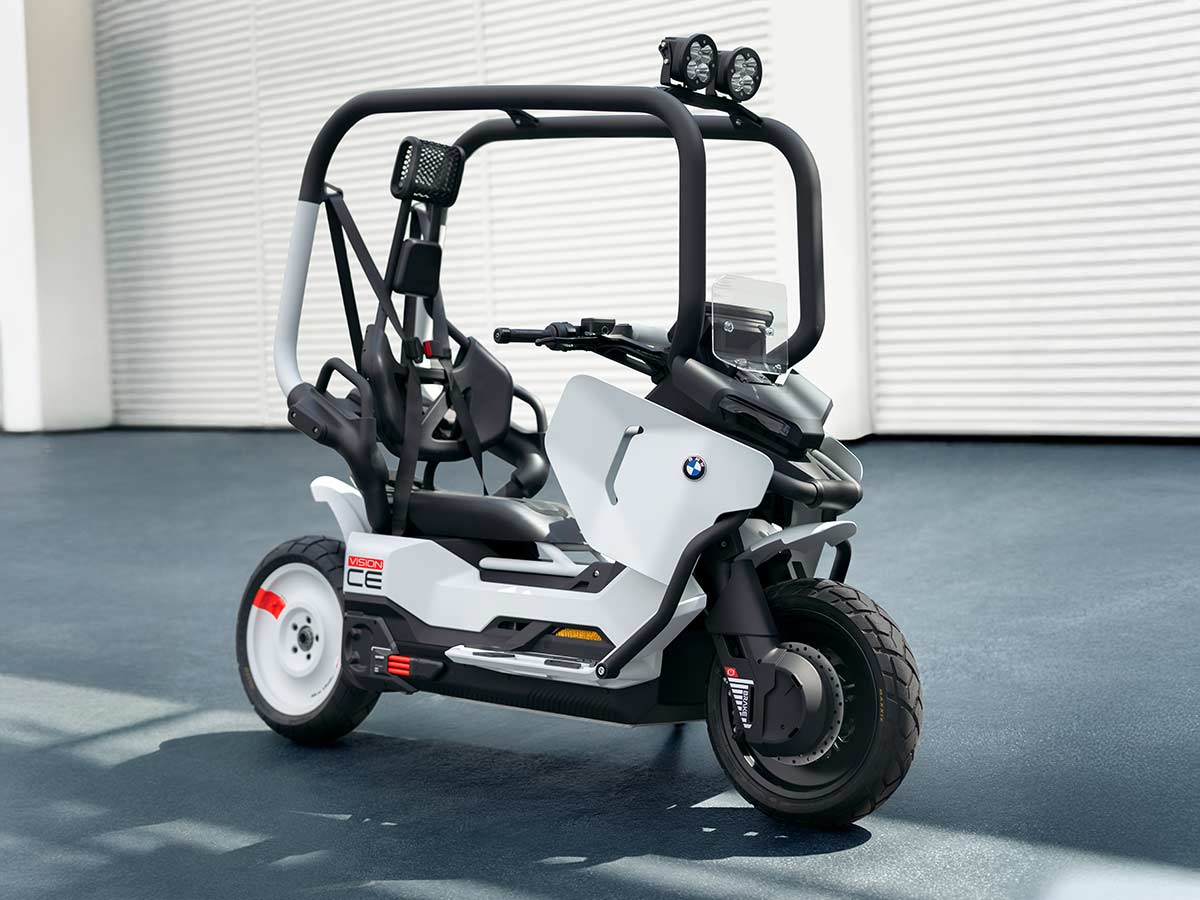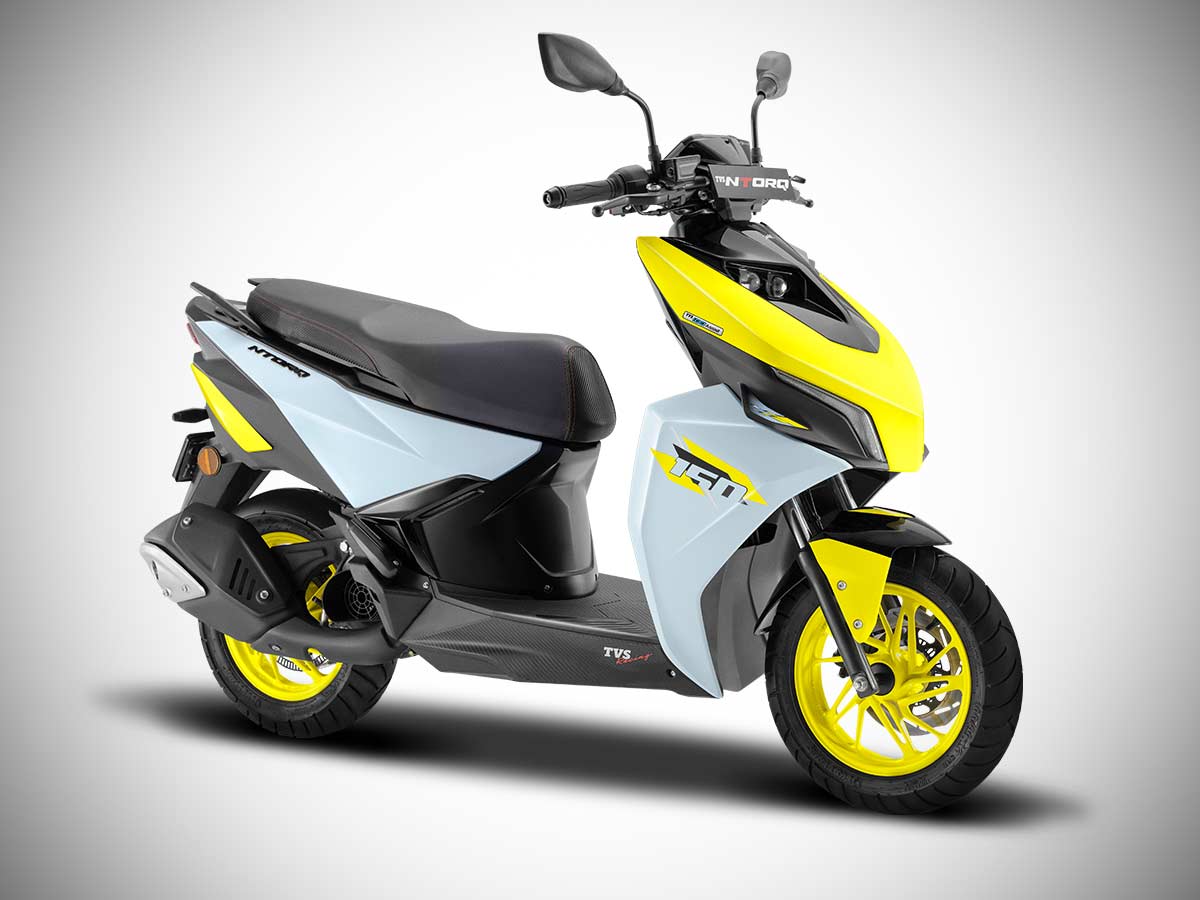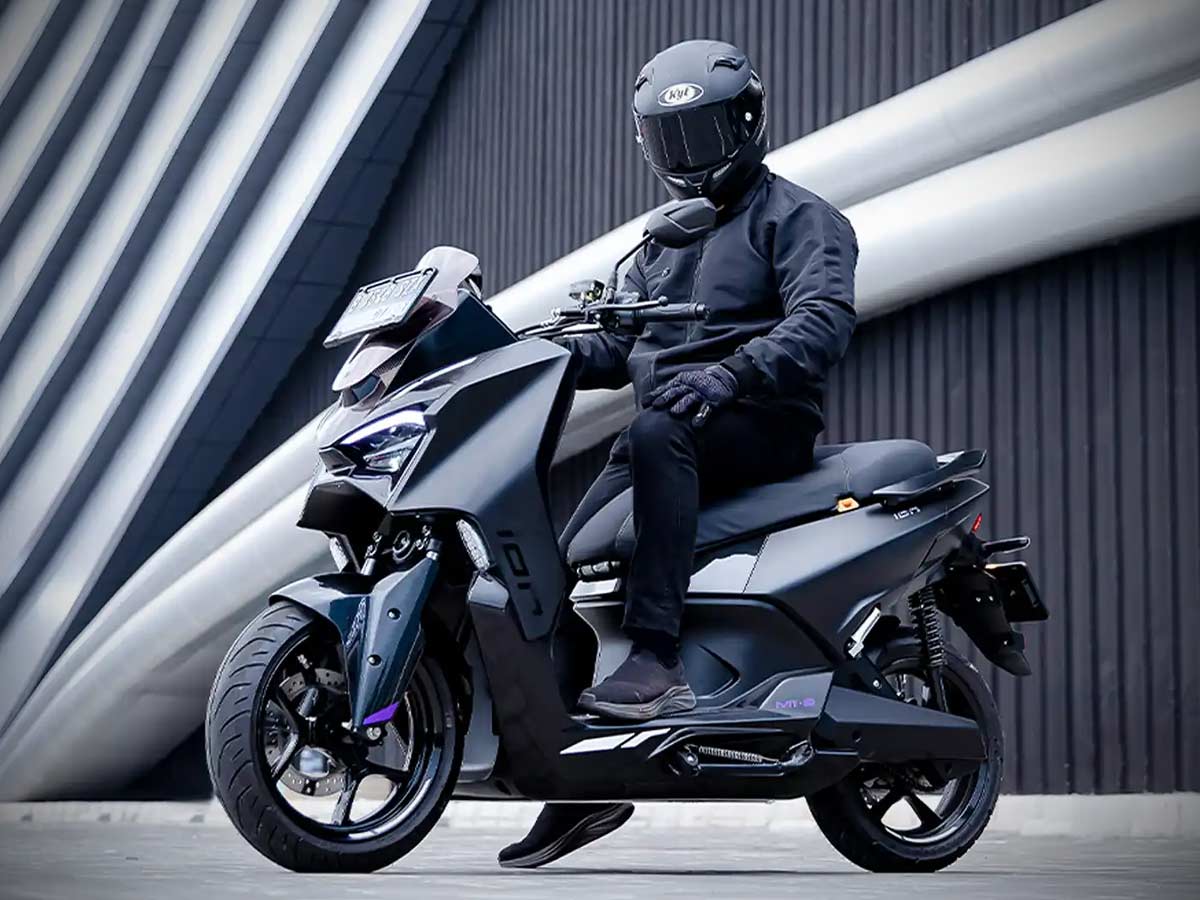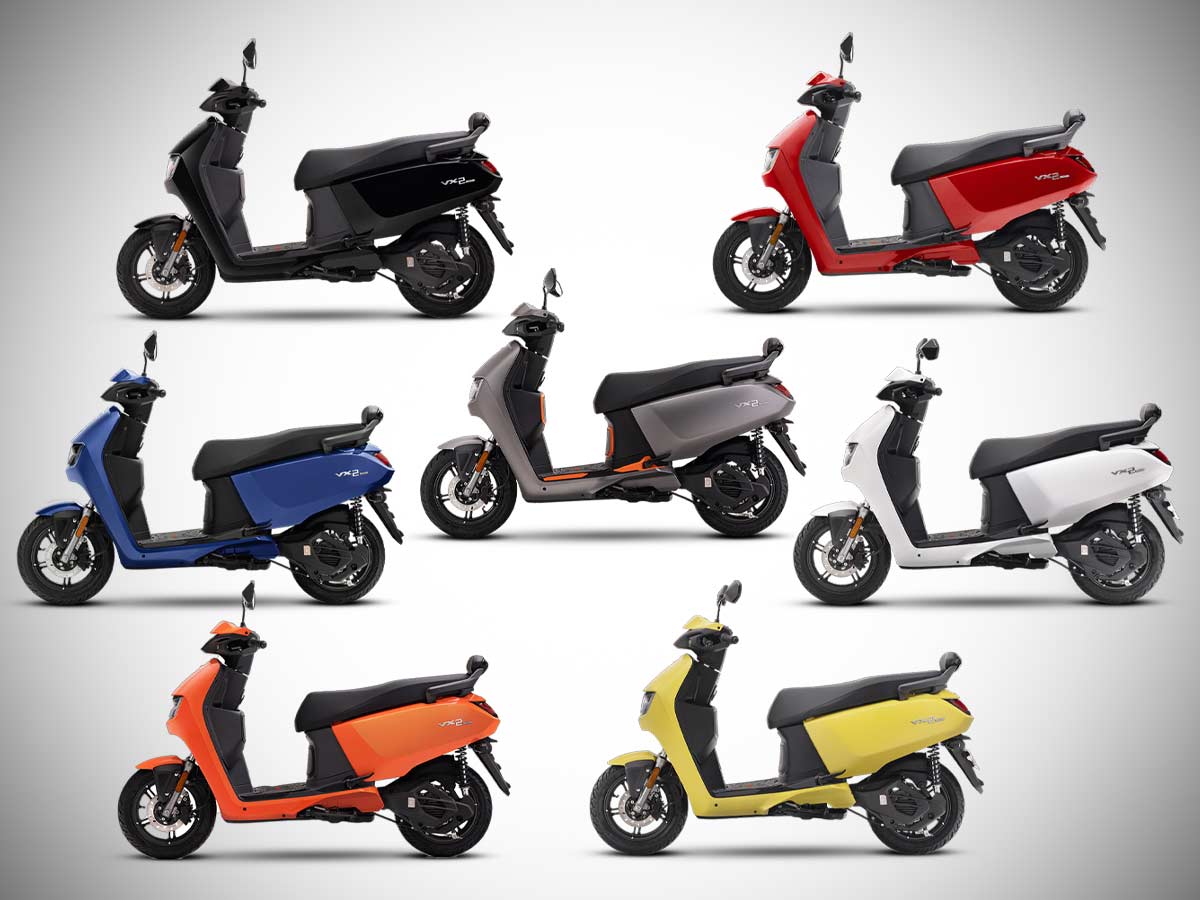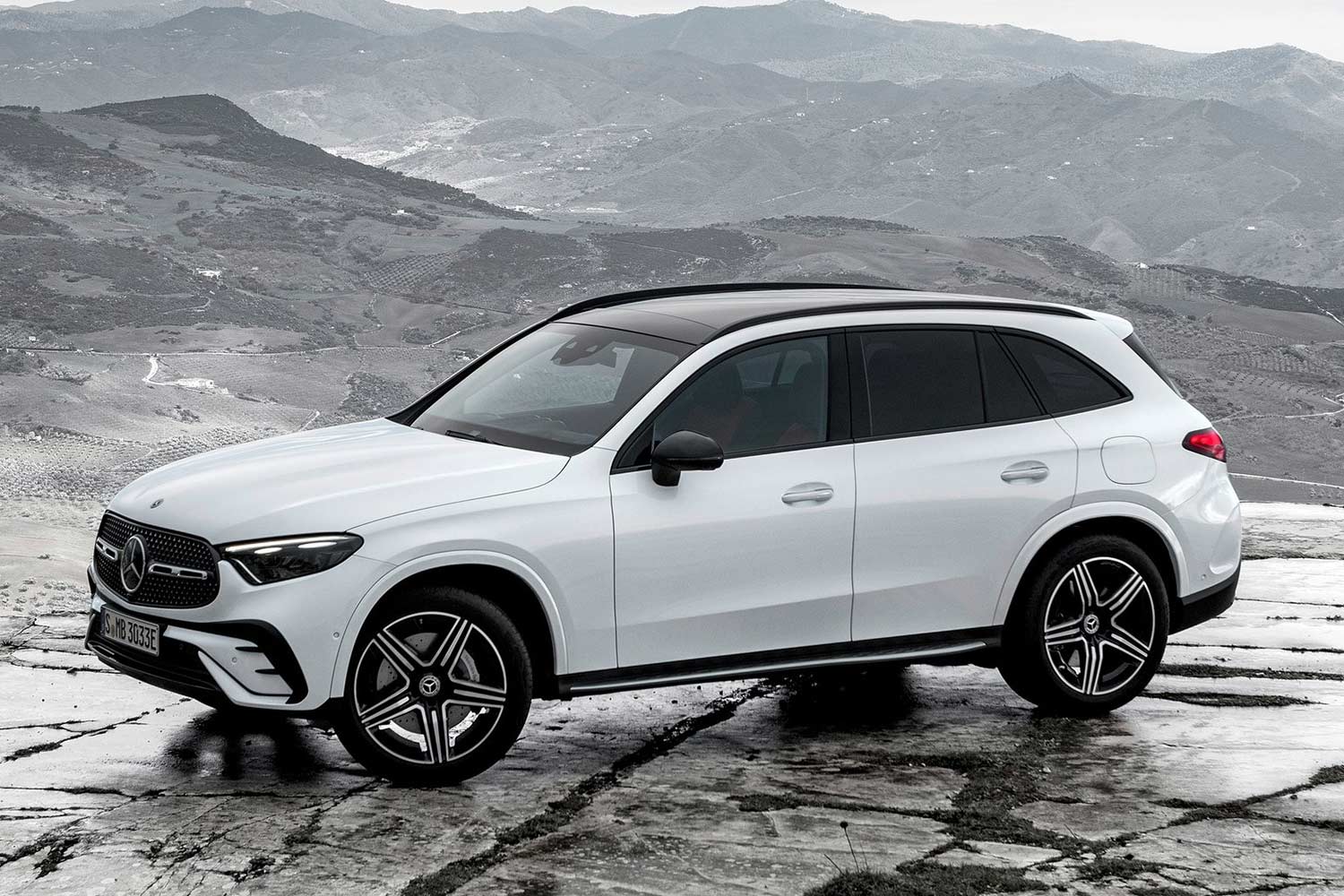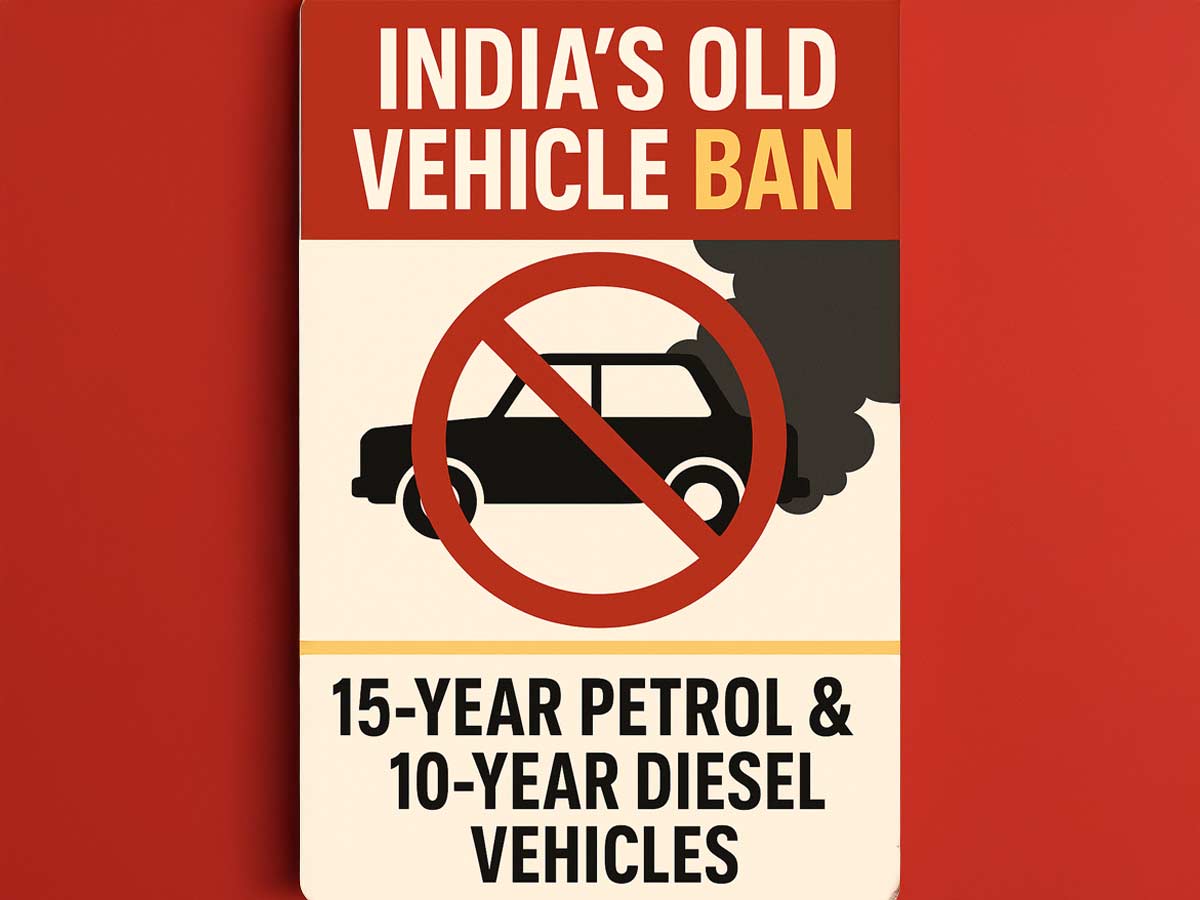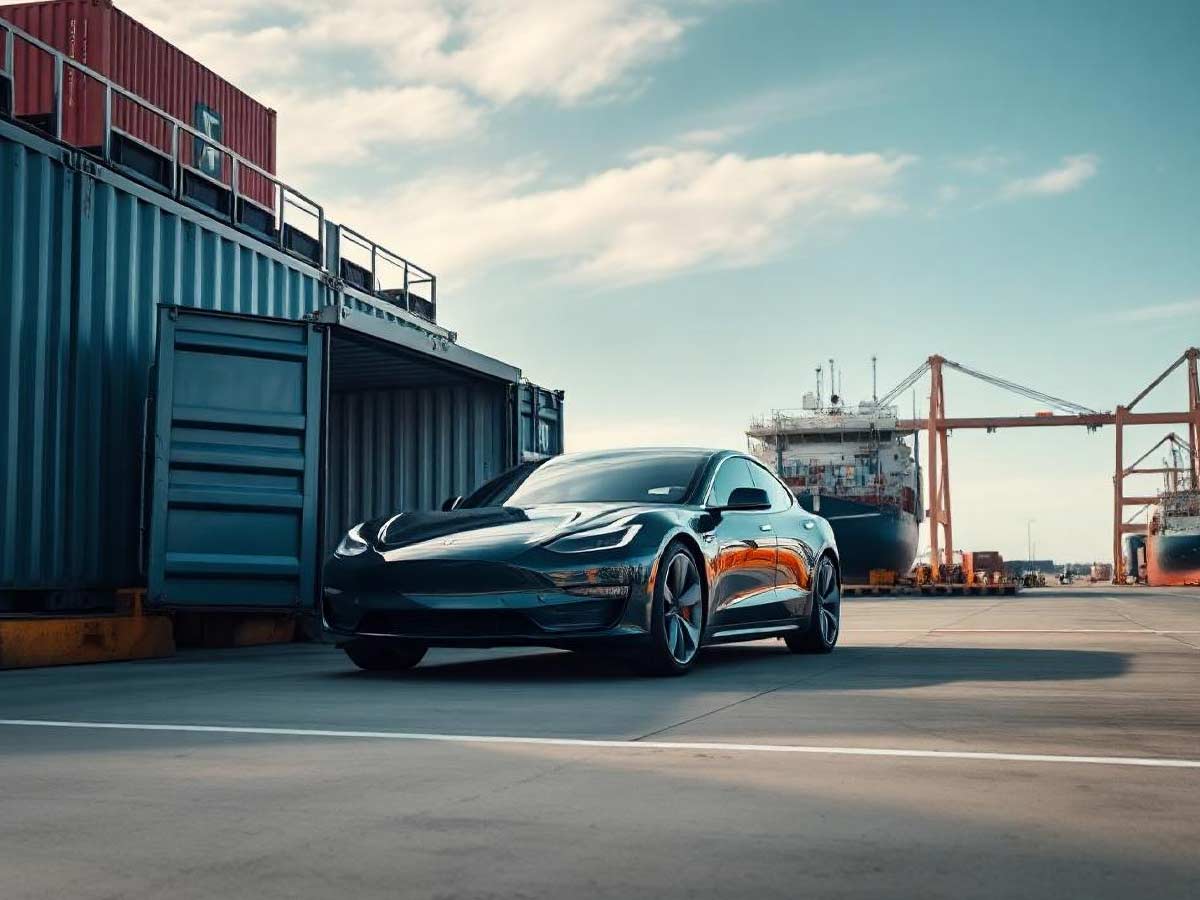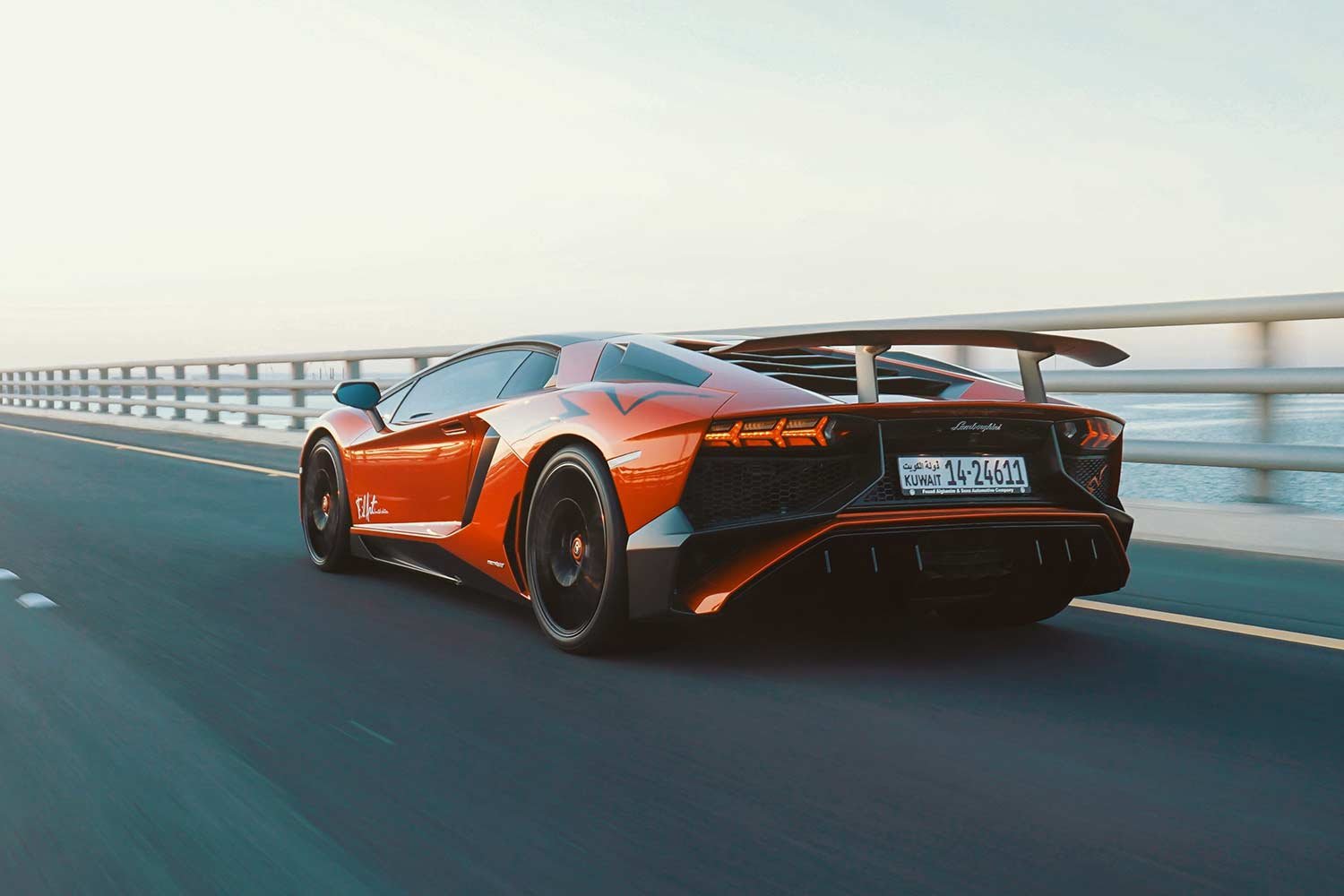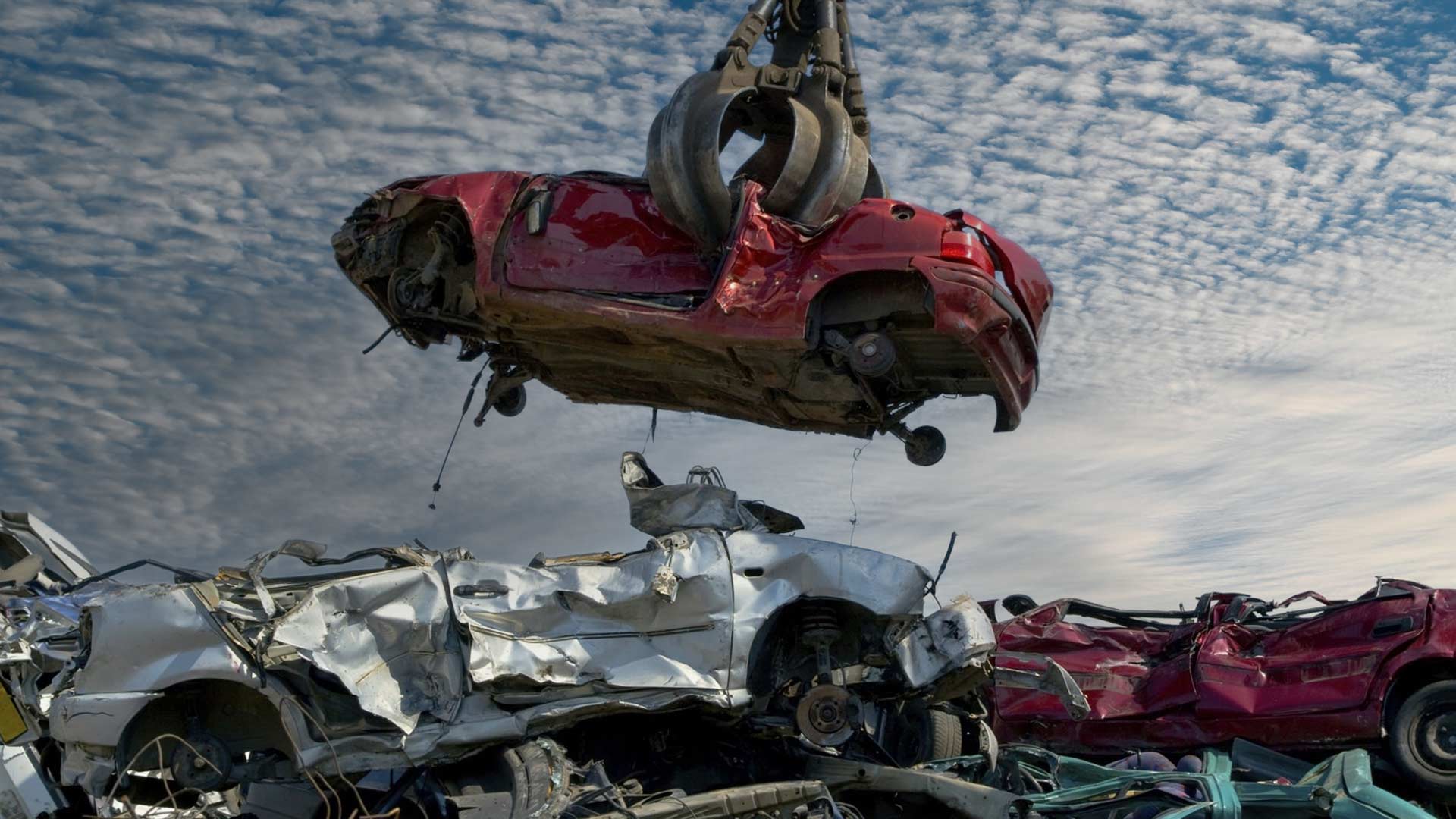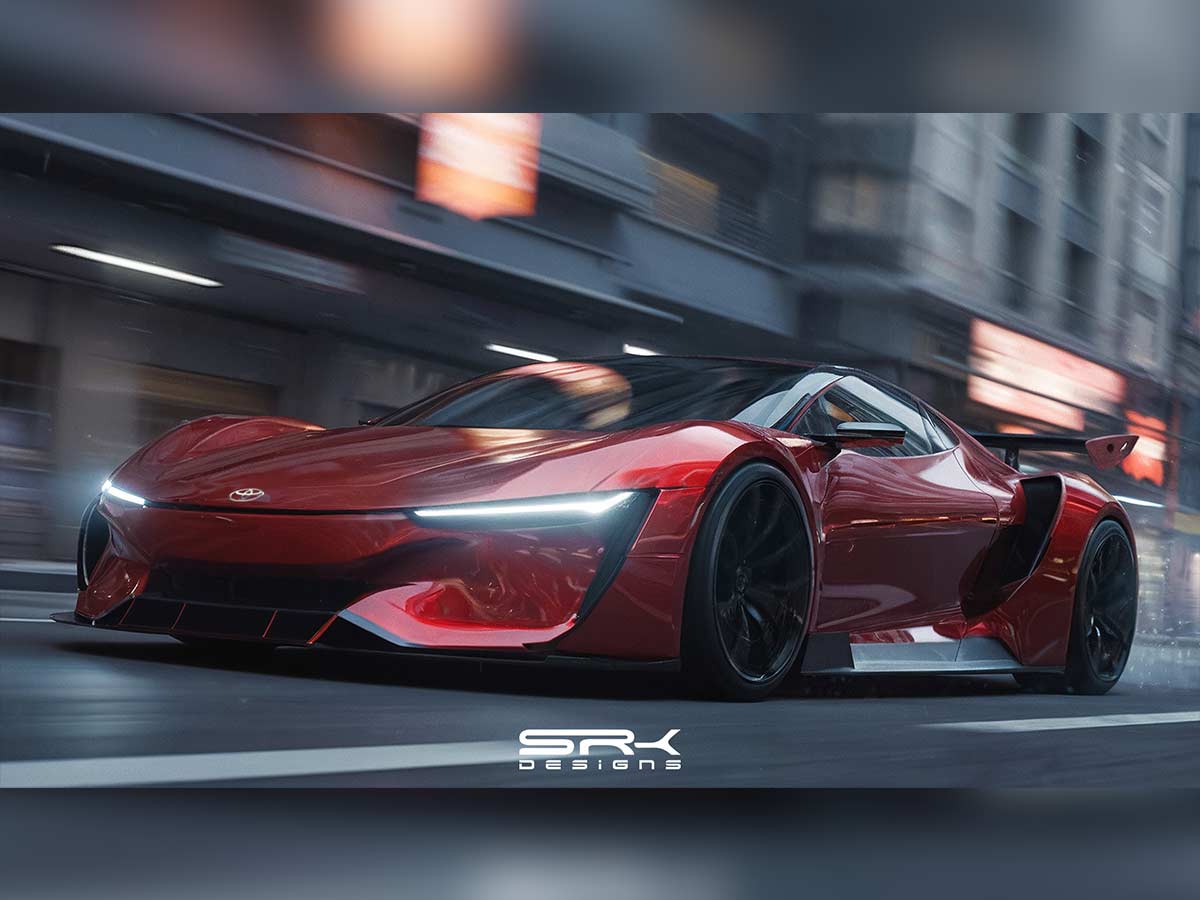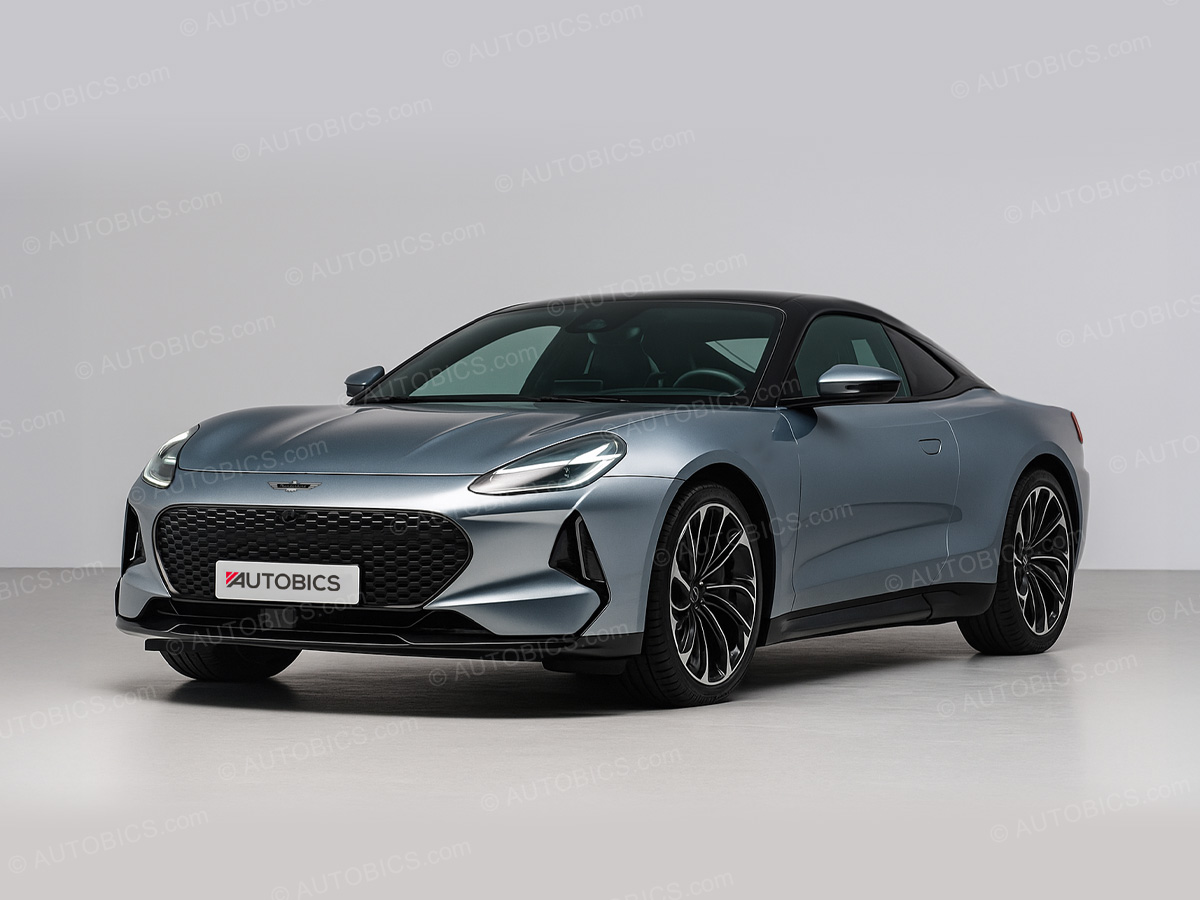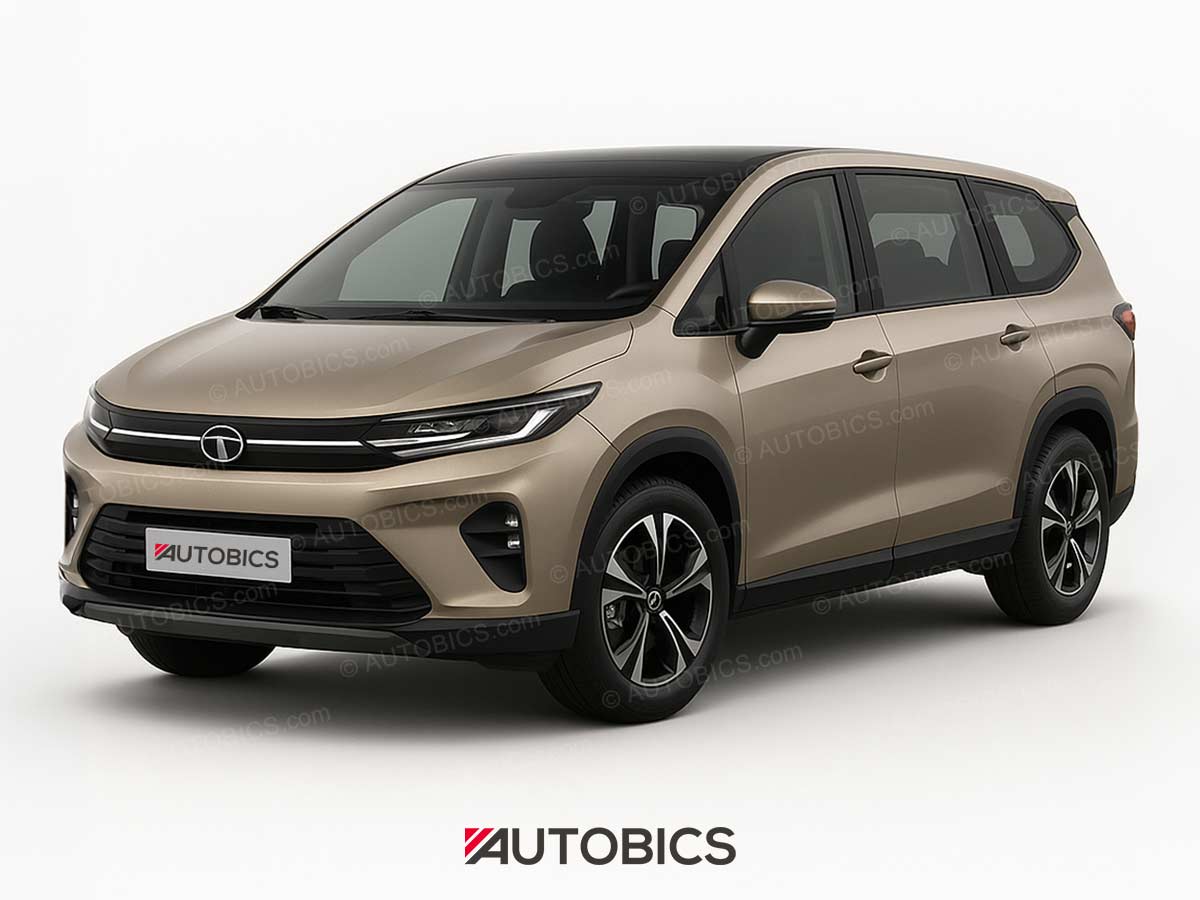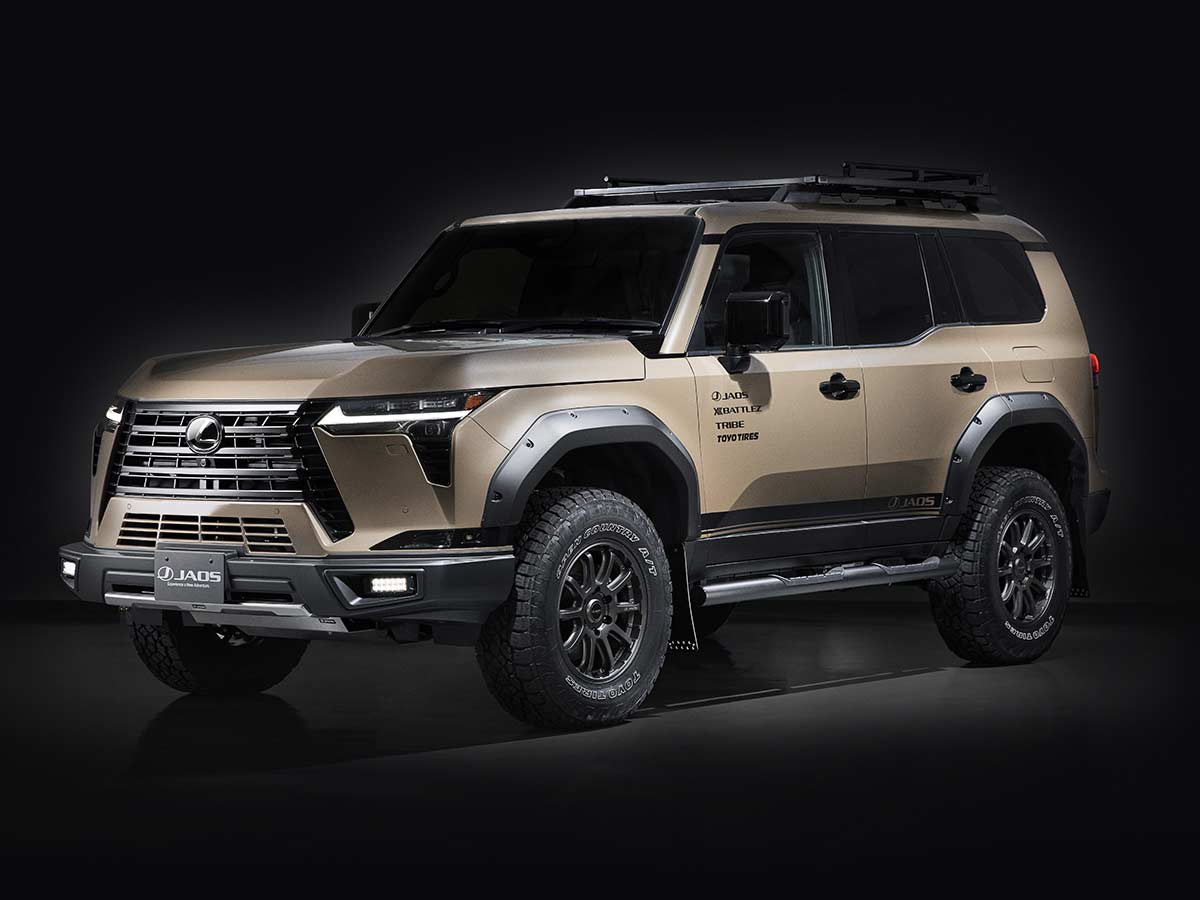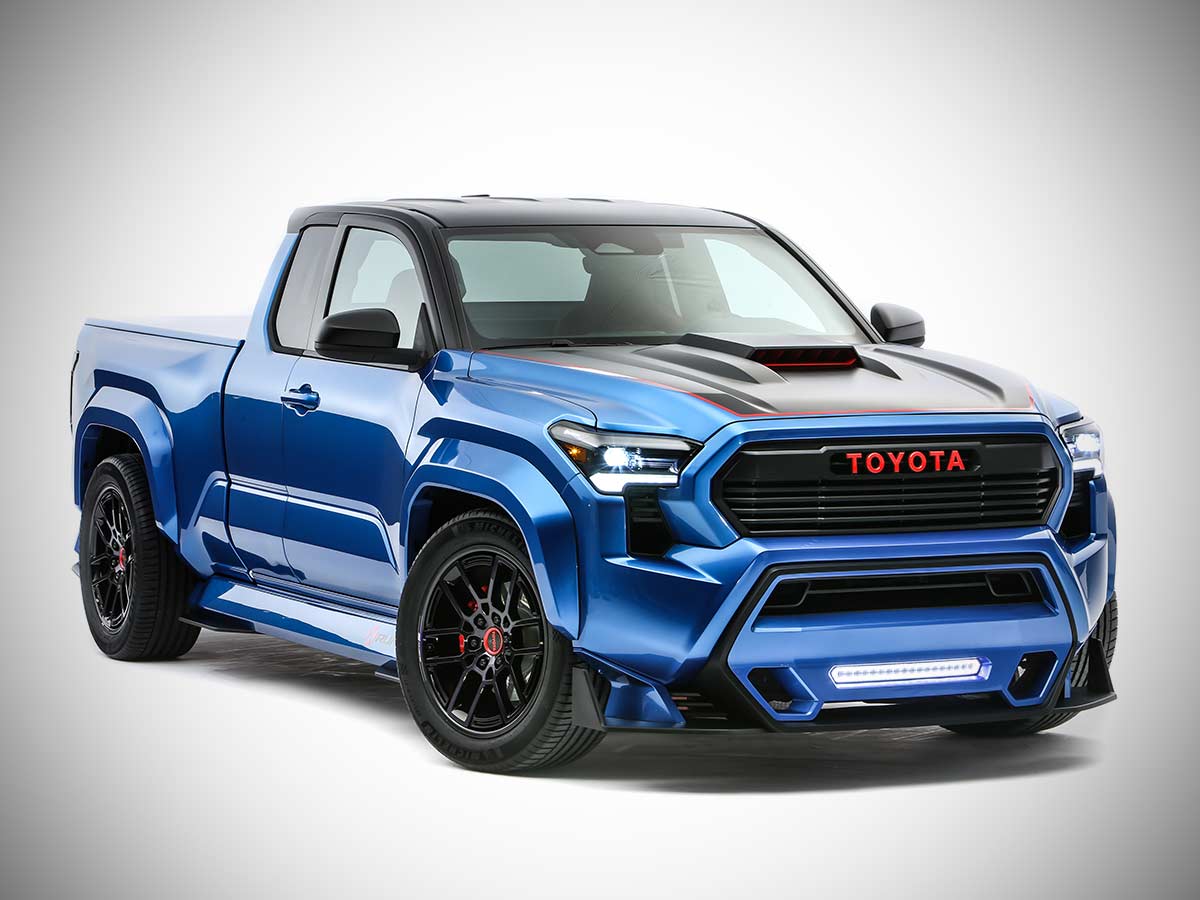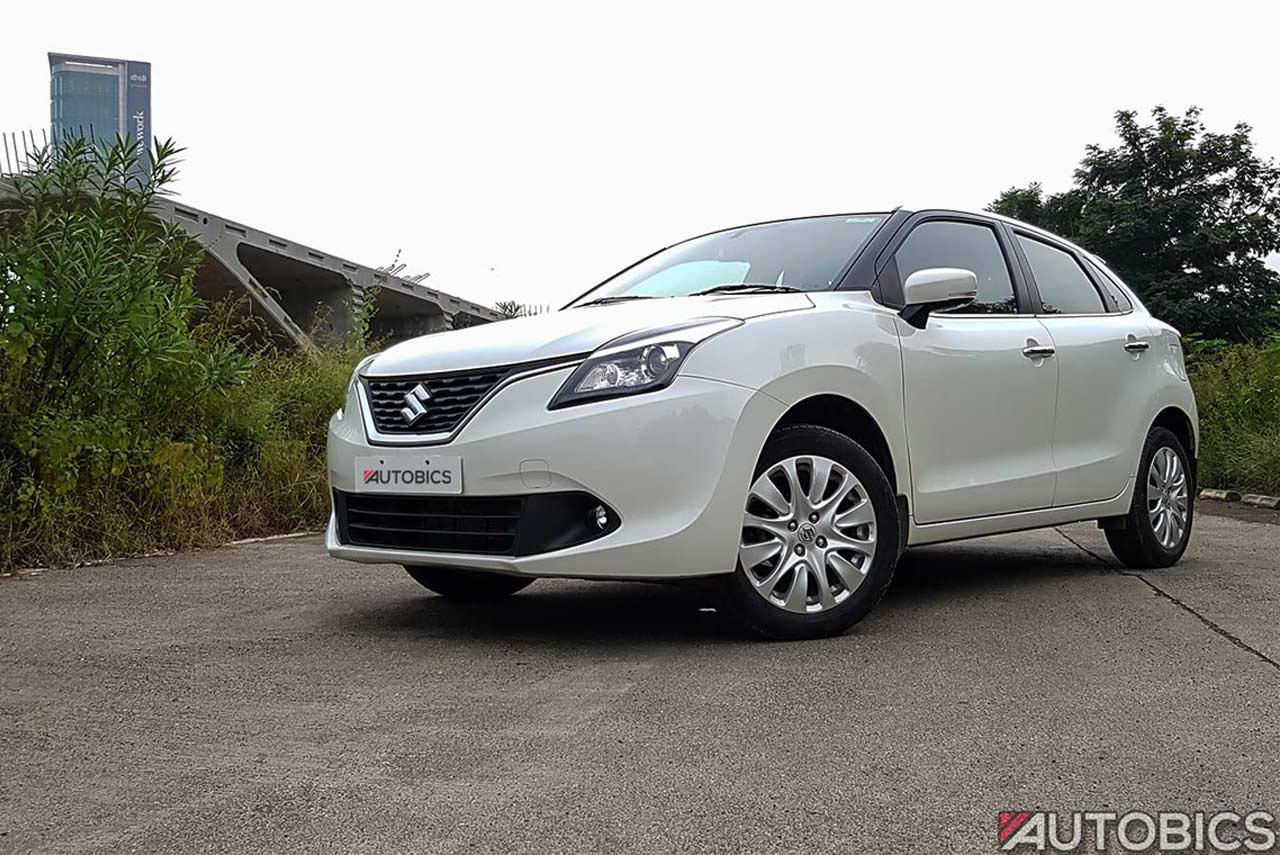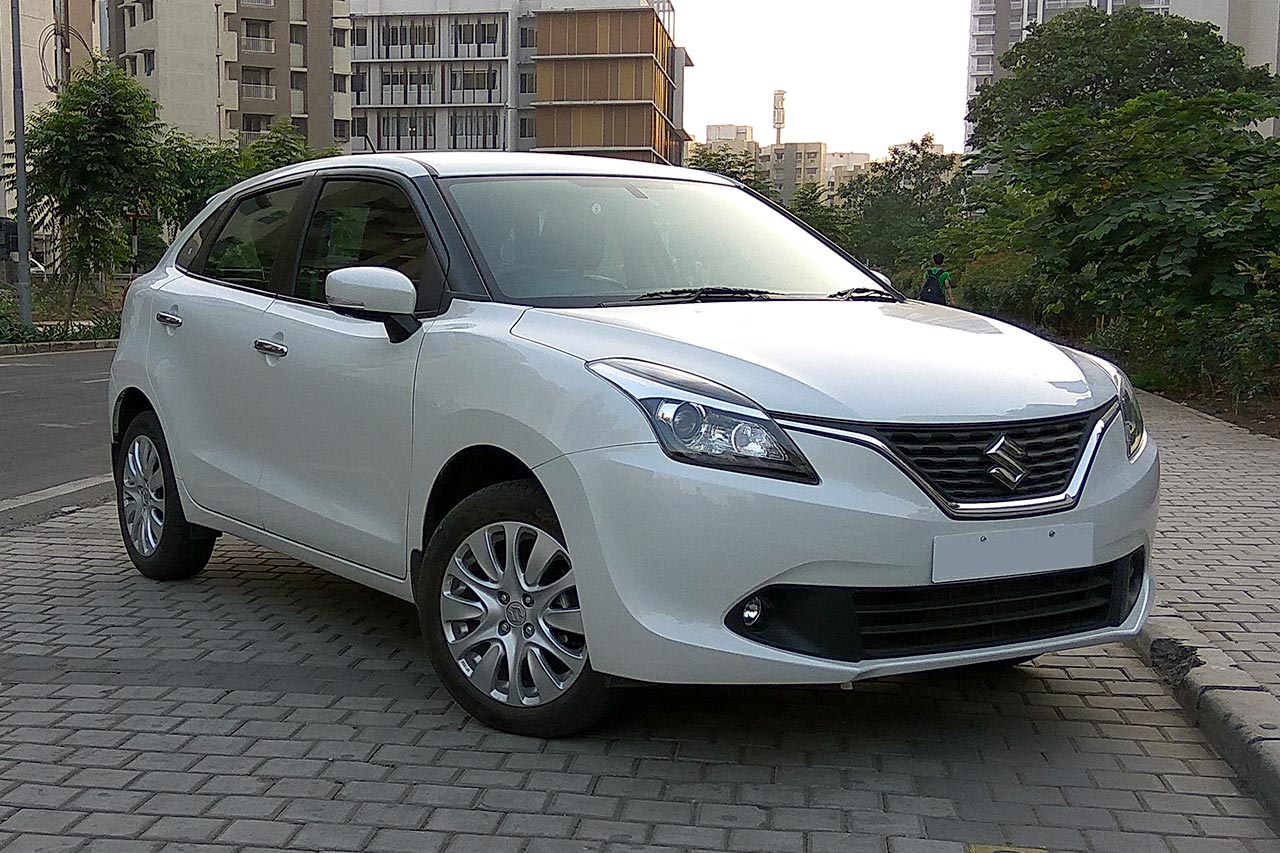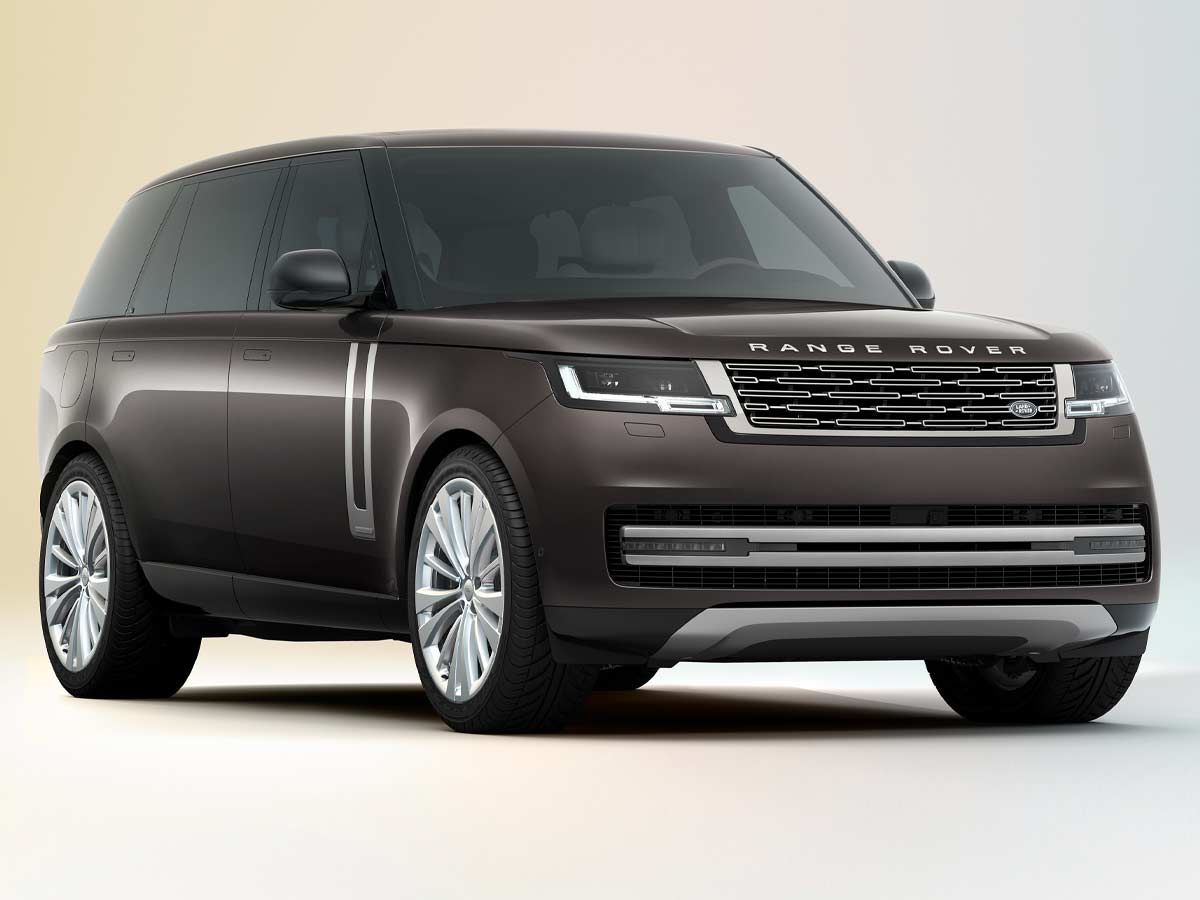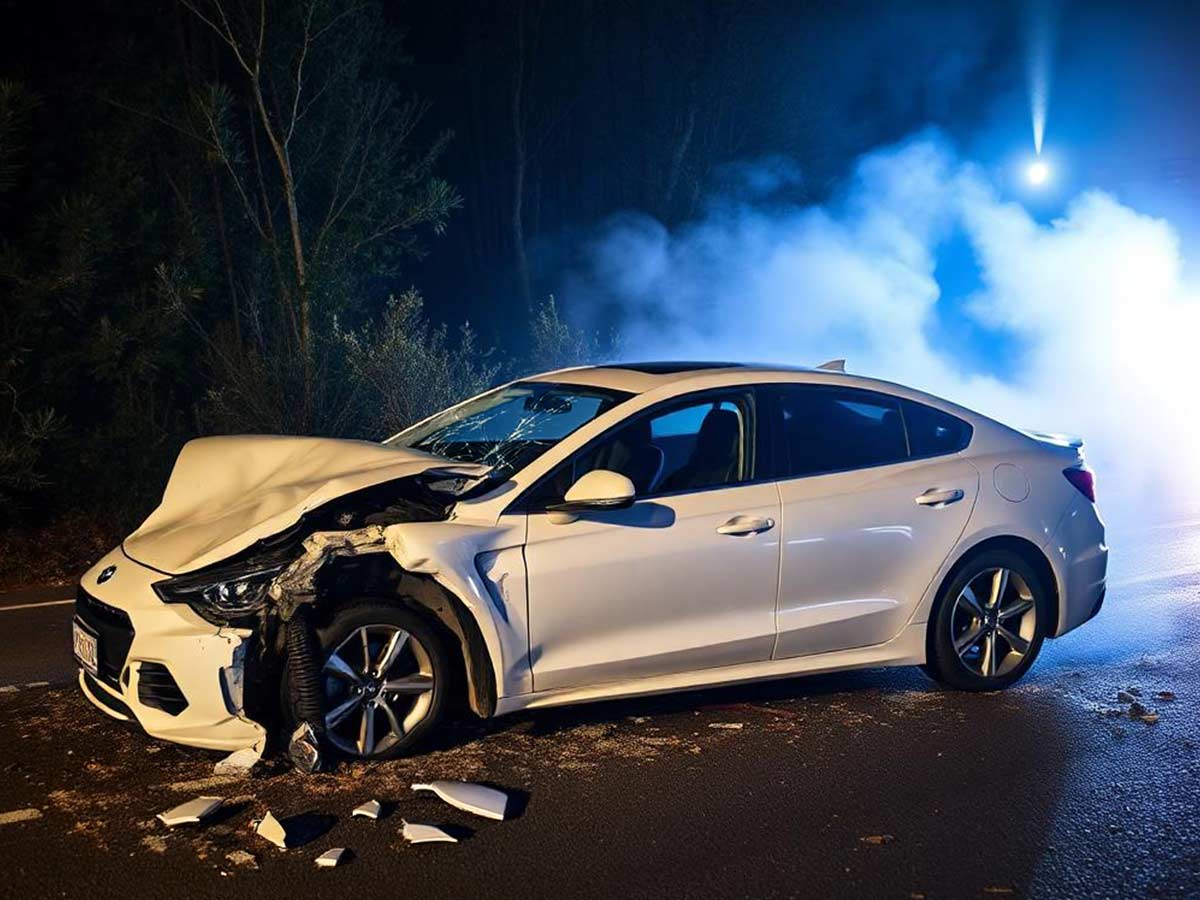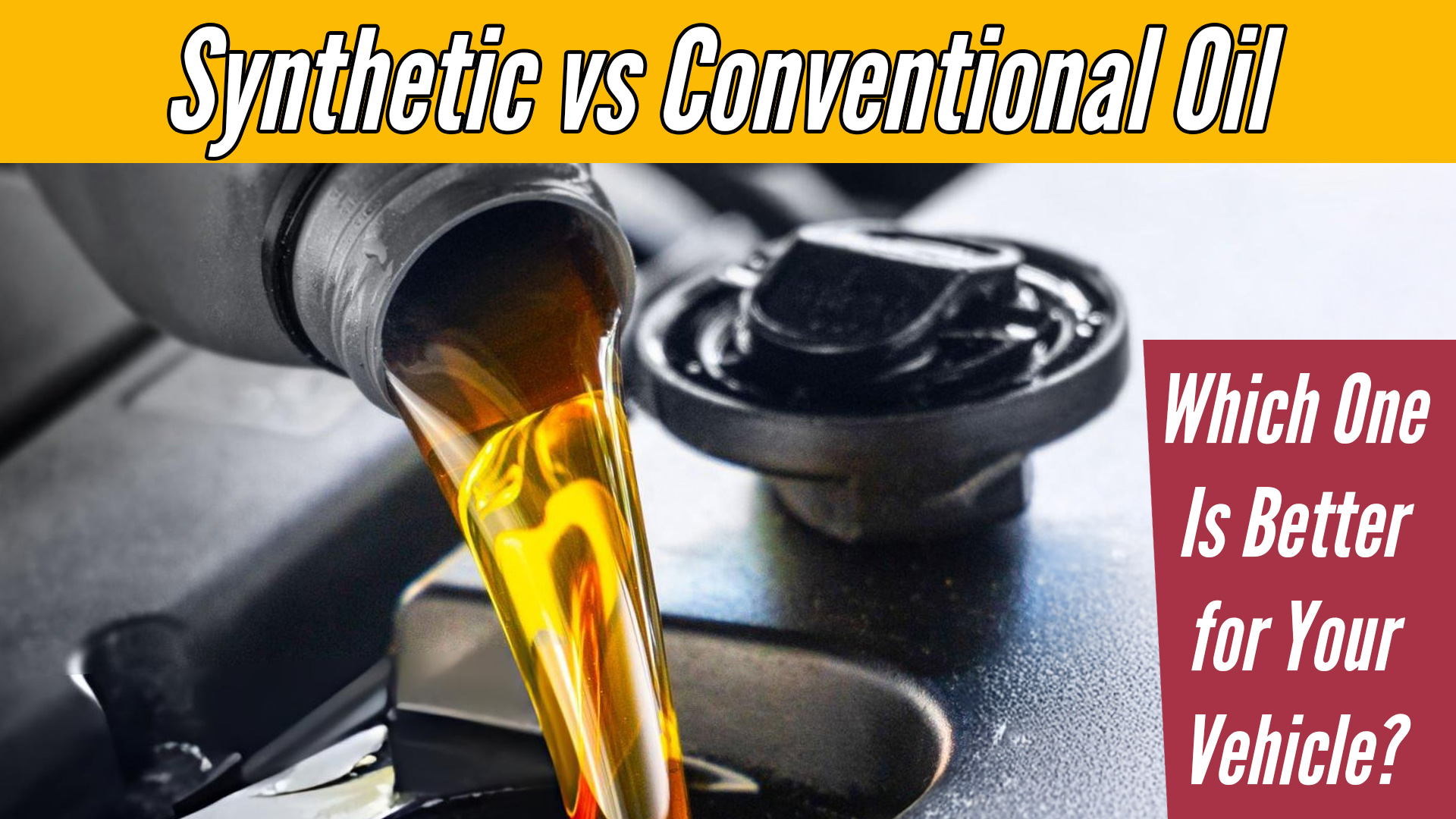If you’re hunting for a car that merges blistering performance with everyday efficiency, a dual-clutch transmission (DCT) deserves your attention. First seen on the 1961 Hillman Minx’s Easidrive system and popularized by racecars like the Porsche 962 C in the ’80s, today’s DCTs deliver lightning-fast shifts without a clutch pedal. Whether you’re a stick-shift novice or a die-hard enthusiast, this guide will help you decide if a DCT car is right for your garage.
>>> Great Discounts on Car & Bike Accessories <<<
What is a DCT; How it Works: The Dual-Clutch Magic
A dual-clutch transmission (DCT) is an automated transmission that uses two separate clutches – one for odd-numbered gears and one for even-numbered gears. In effect, it’s like having two manual gearboxes in one housing. The transmission’s computer or hydraulic controls engage and disengage each clutch automatically, so there is no clutch pedal. The result is extremely fast, seamless shifts: as one gear is engaged, the next gear is pre‑selected on the other clutch. This arrangement lets a DCT change gears with virtually no interruption in power delivery.
DCTs come in two main varieties: wet clutches (immersed in oil) and dry clutches. Wet-clutch DCTs handle heat and high torque better, so they are common in powerful or high-performance cars. Dry-clutch DCTs are lighter and simpler (no oil needed) but can overheat more easily under heavy use. In either case, the driver usually can choose a fully automatic mode or manually shift (via paddles or the shifter). This combines the efficiency and feel of a manual with the convenience of an automatic.
Key Advantages of a DCT
Faster Gear Shifts & Performance: Because the next gear is pre‑selected on the alternate clutch, DCTs shift much faster than a human-operated manual. Gear changes can occur in roughly 0.1 seconds (versus around 1 second with a typical stick shift). This quick shifting improves acceleration and keeps torque to the wheels nearly constant. Sporty drivers notice that DCTs feel very responsive – they deliver more of the engine’s power to the road during a hard launch or pass.
Improved Fuel Efficiency: Smoother, quicker shifts and the absence of a bulky torque converter mean DCTs often boost fuel economy. In practice, dual‑clutch cars can be about 5–10% more fuel efficient than comparable torque‑converter automatics. The engine’s power is transmitted more directly, so less energy is lost during gear changes.
Smooth, Seamless Shifting: The automated control of two clutches eliminates the “shift shock” (jerk or jolt) felt in manual shifts. Power delivery remains smooth, making for a more comfortable ride in normal driving. Passengers will notice the gear changes occur almost imperceptibly, without the clunking typical of manuals.
Flexibility (Auto or Manual Mode): Most DCTs allow the driver to override the automatic mode and shift gears manually (often via paddle shifters or a gated shifter). This lets enthusiasts enjoy manual-style control, yet you can always let the transmission handle the shifting in drive mode. In practice, you can “have the best of both worlds”: sit back during highway cruising or grab gears yourself on twisty roads.
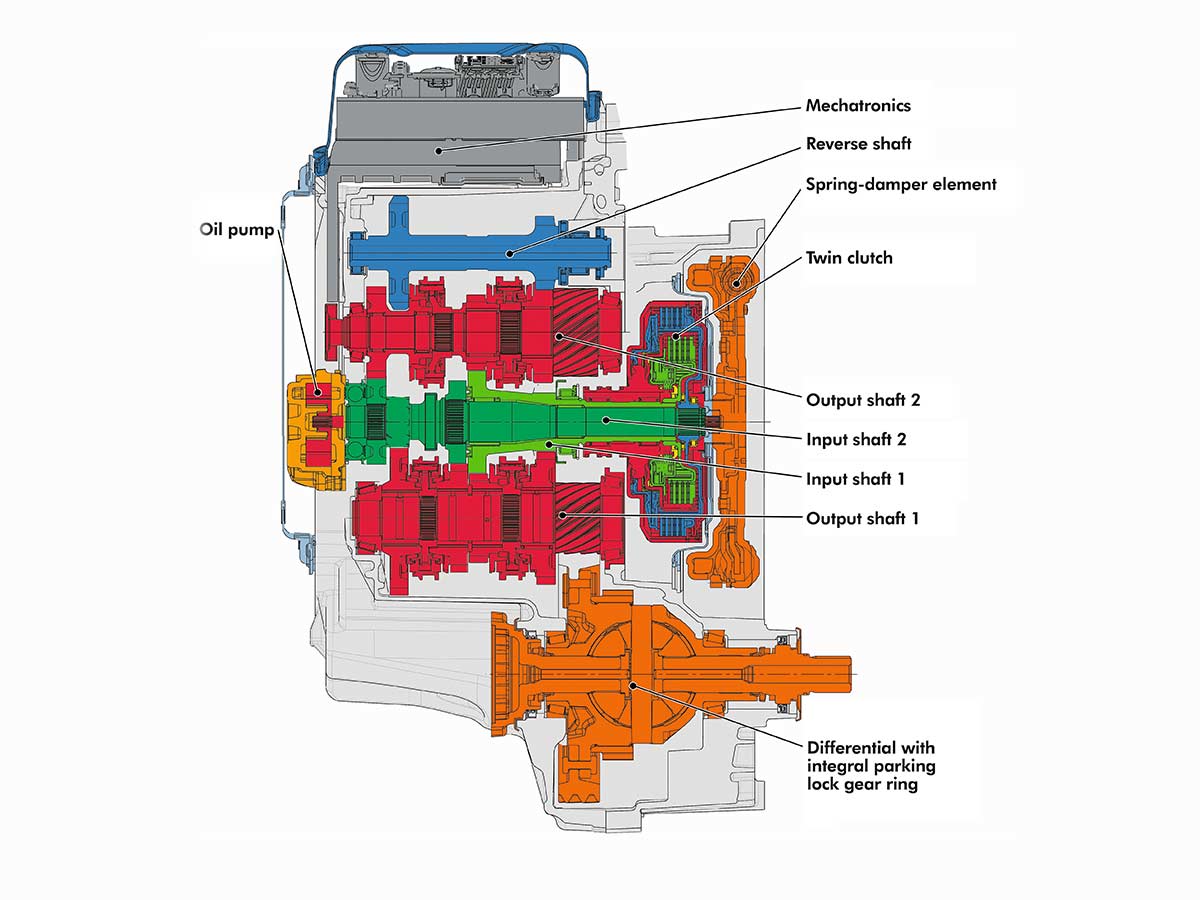
Disadvantages and Drawbacks of DCT
Low-Speed Jerks and Hesitation: Many drivers note that DCT-equipped cars can lurch or hesitate at very low speeds or when pulling away slowly (e.g. in parking lots). This is because the clutch control software is tuning two clutches in stop‑go conditions. In tight traffic, a DCT may feel less smooth than a conventional automatic. For inexperienced drivers, the brief jerks can be surprising, though with practice most people adapt to the behavior.
Higher Complexity and Cost: DCTs are mechanically and electronically more complex than standard automatics. They have more parts (two clutches, plus complex mechatronics) and require precision control. This usually makes them more expensive to manufacture and repair. Parts and labor costs for clutch packs or mechatronics can be high. On the flip side, there is no torque converter fluid to change (only the DCT fluid), but many models still require regular transmission fluid services.
Heat and Reliability Concerns: Dry-clutch DCTs, in particular, can overheat when stressed – for example, during aggressive driving or long periods of stop‑and‑go or bumper to bumper traffic in hot weather. Excess heat can cause clutch wear or failures. Early models of some DCTs had reliability issues; for instance, Ford’s 6-speed PowerShift (used in Focus/Fiesta) developed frequent clutch and shifting problems. Most modern DCTs (especially wet-clutch designs) are much more robust, but it’s wise to research any model’s history.
Limited Availability: DCTs are most common in performance and premium models. In the economy segment, manufacturers often choose CVTs or simple torque-converter automatics for cost and convenience. So if you want a DCT, your options may be limited to certain trims or sporty sub-models. Also note that some manufacturers update or replace DCTs; for example, Ford largely abandoned its DCT in mainstream models after 2019.
Factors to Consider Before Buying a DCT Car
Driving Environment: Think about your typical use. If you mostly drive on highways or open roads, a DCT’s quick, crisp shifts and efficiency will shine. If you’re in heavy urban traffic with constant stop‑and‑go, a DCT (especially a dry clutch) may need more patience. The clutch packs can heat up and work harder in slow traffic, so assess whether the slight jerkiness at low speeds matters to you.
Driving Style: DCTs do best with smooth, deliberate inputs. If you frequently use launch control or do a lot of steep hill starts, make sure the DCT is designed for that use. Aggressive launching or letting the engine lug at low RPMs can stress the clutches. On the other hand, sports drivers will appreciate that a DCT rewards sharp throttle blips and quick downshifts.
Climate and Load: In very hot climates, or if you often tow/haul, verify whether the DCT is a wet-clutch type. Wet clutches (bathed in oil) are better at shedding heat for heavy-duty use. Dry clutches risk overheating under those conditions. If you live in extreme heat or frequently climb long grades, a wet DCT or a conventional automatic might be more durable.
Reliability Record: Some brands have more reliable DCTs than others. Research user forums and reviews for the specific model year you’re considering. For example, early VW/Audi DSG (wet clutch) had some issues, but later versions are generally reliable. Also, check if there have been service bulletins or recalls for the DCT. A model with a troubled history might mean more downtime or higher maintenance cost.
Maintenance and Support: Consider the service network. DCT fluid changes and inspections usually require a trained technician with the right equipment. Make sure your area has shops or dealers experienced with DCT maintenance. Ask if the dealer has a schedule for the DCT service (many recommend an oil change every ~40,000 km).
Budget and Resale: Since DCTs add cost to a vehicle, a car with a DCT will usually list for more than its manual or CVT counterpart. Factor this into your budget. Also note that repair costs (if needed) can be higher. On the positive side, performance-oriented buyers may demand DCTs, which could help resale in the sporty segment.
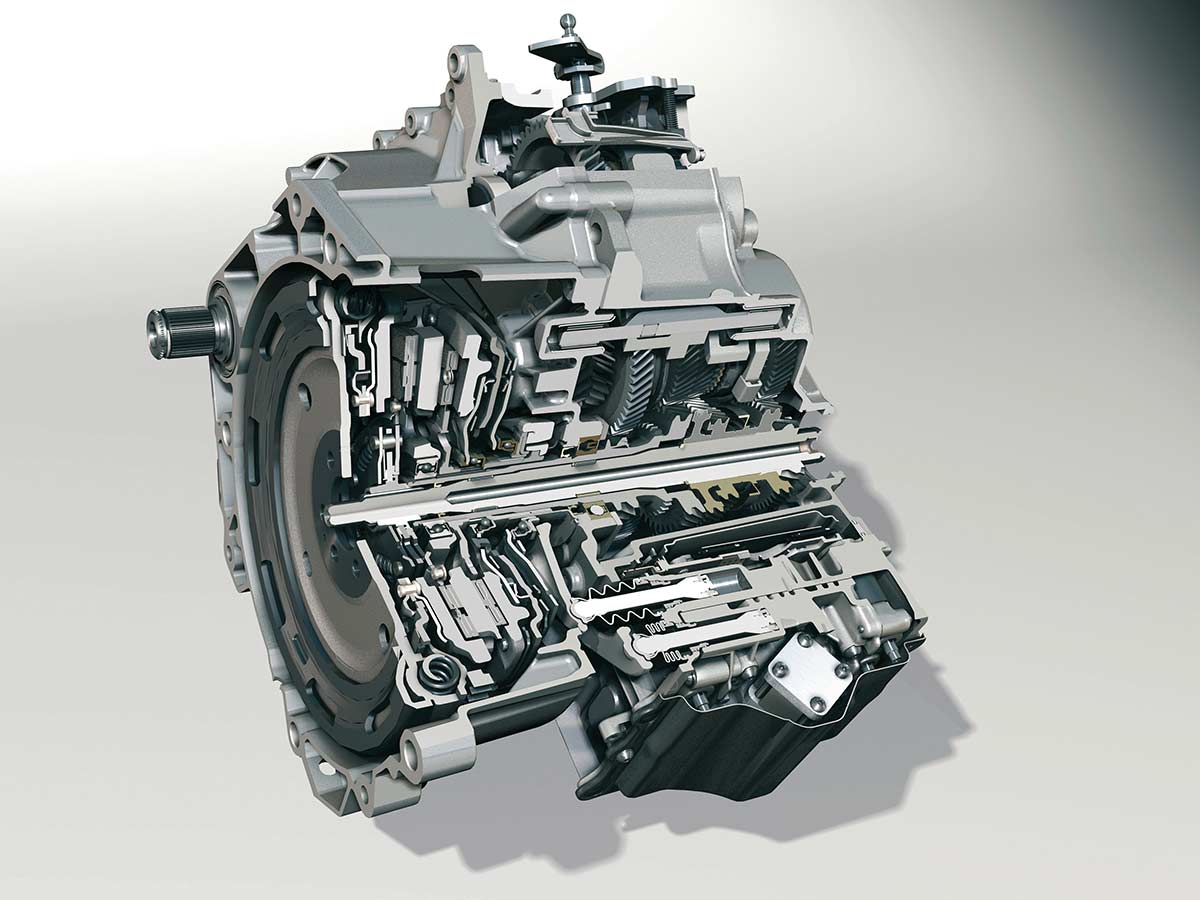
Maintenance Best Practices
Fluid Service: Follow the manufacturer’s recommendation for transmission fluid changes. Many DCTs use special dual-clutch fluid; typical service intervals are on the order of 40,000–60,000 miles (or about 60,000–100,000 km). Fresh fluid keeps the clutches cool and the hydraulics responsive. A fluid and filter service by a qualified technician is usually needed at each interval.
Avoid Clutch Slip: Whenever possible, let the DCT fully engage the clutch instead of slipping it. For instance, come to a full stop (the clutches disengage fully) rather than holding the car partially engaged. Do not use the transmission to hold the car on a hill; use the brakes instead (see driving tips below). Prolonged slipping causes wear on the clutch plates.
Gentle Warm-Up (in Cold Weather): In very cold conditions, DCT components and fluid may be sluggish when the car first starts. Give the car a few seconds of light idle to circulate fluid before taking off.
Software Updates: Some DCT glitches can be cured by updated transmission software. Check with the dealer if there are any TCU (transmission control unit) updates or recalls for your model.
Professional Inspection: Include the DCT in your routine vehicle maintenance. A skilled transmission shop can inspect clutch wear, leak signs, and ensure the mechatronics unit is functioning properly. Early detection of issues (like worn clutch lining or slow solenoids) can prevent major failures.
Driving Tips for a DCT Vehicle
Use the Brake to Stop, Not the Gearbox: When coming to a stop or holding on a slope, keep your foot on the brake pedal rather than letting the car creep in gear. The brake pedal tells the transmission to fully disengage the clutches. Conversely, using the parking brake or holding the gear selector in Drive can force the clutch to slip while the car is stopped, which causes wear.
Use Manual/Low Gear at Low Speeds: In a parking lot or slow uphill crawl, engage first gear (or use manual mode) instead of letting the DCT choose second gear by itself. This prevents hunting between gears and slippage. As one advice puts it, select manual mode in a car park so the transmission “knows” to stay in 1st gear. When slowing to a crawl on ramps or hills, downshift manually rather than relying on the automatic shifts.
Avoid Riding the Throttle and Brake: Do not partially apply both the brake and accelerator (a “double dip”), which makes the clutches slip. For example, don’t creep forward in “Drive” by holding the throttle lightly. Come to a complete stop or shift to neutral if you need to stay stationary with the engine on. This practice prevents unnecessary clutch wear.
Smooth Launches: When starting from standstill, ease onto the throttle rather than stomping it. A controlled launch lets the DCT match engine revs and engage the clutch smoothly. Hard, sudden launches can shock the system and generate heat.
Prevent Overheating: After aggressive driving, give the transmission a chance to cool. If the car has cooled-down time (like idling or driving gently), the fluid can return to normal operating temperature. In very hot weather or on tracks, periodically checking gearbox temperature or letting the engine idle briefly can protect the clutches.
Future Trends and Outlook
The future of Dual Clutch Transmission is debated, with market projections indicating growth, driven by demand in emerging markets like Asia-Pacific and regulatory pressure for lower emissions. . However, some manufacturers, like Volkswagen, are moving away from DCTs in non-performance grades, such as the next Golf in Australia, due to lenient emissions regulations and competition from improved torque-converter automatics, which have caught up in shift speed, smoothness, and efficiency, with a fuel-economy gap now at 0.2 L/100km.
Reliability issues, like Volkswagen’s 80,000-vehicle recall and Ford’s PowerShift saga, have raised concerns, potentially limiting DCTs to high-end models where fast shifts and higher maintenance costs are less significant, less viable for high-volume, low-profit mass-market cars.
This guide provides a comprehensive overview of DCT systems, highlighting their mechanics, benefits, and challenges, ensuring accessibility for beginners and depth for enthusiasts. With global examples and balanced insights into future trends, it equips readers to make informed decisions about DCT-equipped vehicles, considering both performance advantages and potential drawbacks.
By following these guidelines, you can enjoy the performance and efficiency benefits of a dual-clutch car while minimizing its drawbacks. Proper driving habits and maintenance will help ensure your DCT lasts. As one expert notes, “used properly, a DCT should last 10 years without a problem”. Evaluate your needs, do some test drives, and you can decide if the quick shifts and fuel gains of a DCT suit your driving style and conditions.
